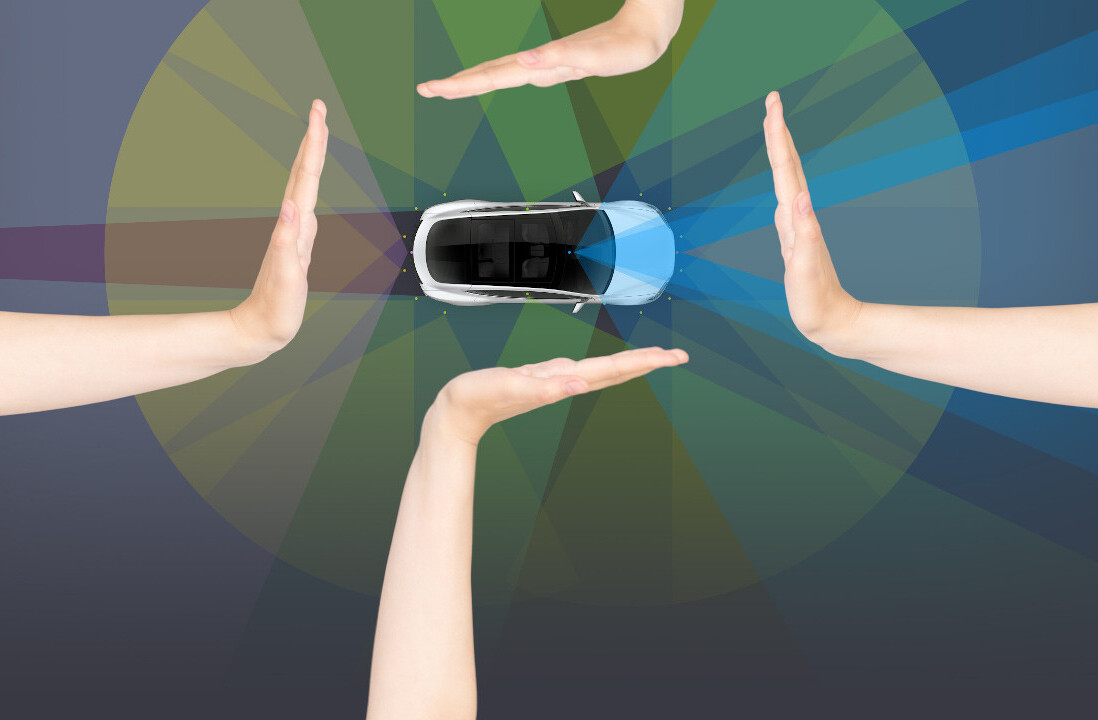This article was originally published by Sarah Wray on Cities Today, the leading news platform on urban mobility and innovation, reaching an international audience of city leaders. For the latest updates follow Cities Today on Twitter, Facebook, LinkedIn, Instagram, and YouTube, or sign up for Cities Today News.
Global investment in LED and smart streetlighting, as well as additional sensors attached to streetlight infrastructure, is forecast to reach a total of US$28.1 billion over the next decade, according to Northeast Group’s latest market forecast.
The smart infrastructure market intelligence firm expects coronavirus to cause only “limited disruption” to the smart streetlighting sector but predicts an increase in the use of new financing models and market consolidation.
Globally, there are 326 million streetlights and this is expected to grow to over 361 million by the end of 2029. Overall, LED and smart streetlights are projected to reach 73 percent and 23 percent of the total streetlight market, respectively, by then as cities seek to save money and lay the foundations for smart city projects related to mobility, public safety, sustainability and more.
To date, a quarter of all streetlights globally have been converted to LEDs and over 10 million smart streetlights have been connected.
Funding
The report notes that infrastructure investment funds, energy services companies (ESCOs) and urban management companies are playing a growing role in financing and carrying out smart streetlighting projects. It forecasts that this trend will be exacerbated by municipal budget shortages caused by Covid-related economic issues.
“The challenges of 2020 have reinforced some of the key trends that were already developing in the smart streetlighting market,” said Chris Testa, Research Director at Northeast Group.
“Covid-19 has highlighted the importance of automation and resiliency for cities, but reduced municipal budgets mean that access to financing through ESCOs and other third parties is increasingly important. Likewise, a phased-in approach to smart cities that starts with smart streetlighting before proceeding to other applications and a focus on choosing interoperable software platforms that can serve multiple smart city segments are also key trends that have only become more salient in the past year.”
Consolidation
The sixth edition of the Global Smart Street Lighting & Smart Cities: Market Forecast finds that large-scale smart streetlighting initiatives are now underway in almost all regions of the world.
As the market develops, the vendor landscape for smart streetlighting remains extremely fragmented and “ripe for consolidation,” Northeast Group says.
San Diego’s smart streetlight program has sparked controversy over privacy and surveillance concerns, leading to the Mayor recently ordering the sensors and cameras to be deactivated until a governance ordinance is in place. The city is in the process of developing ordinances to govern the use of surveillance technologies, including establishing a Privacy Advisory Board comprised of volunteer citizen members.

SHIFT is brought to you by Polestar. It’s time to accelerate the shift to sustainable mobility. That is why Polestar combines electric driving with cutting-edge design and thrilling performance. Find out how.
Get the TNW newsletter
Get the most important tech news in your inbox each week.






